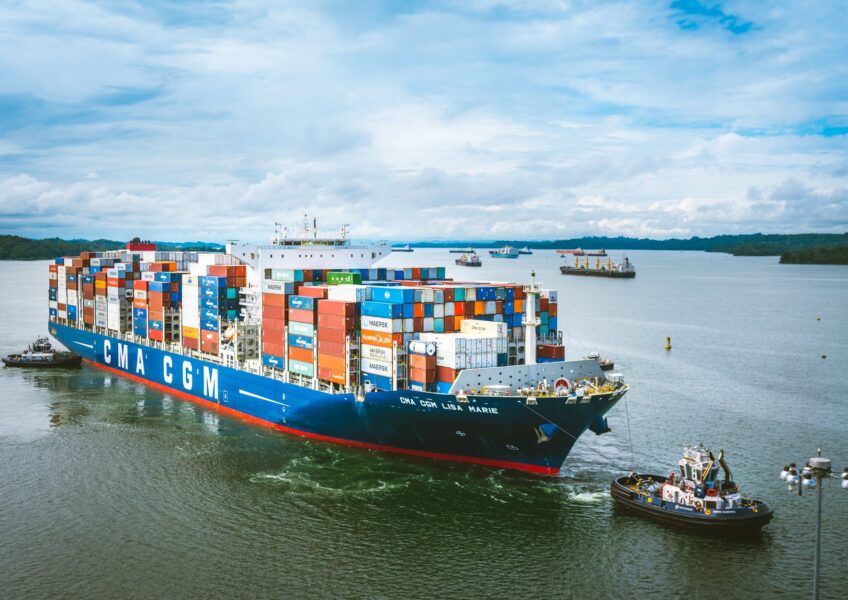How Long did the Panama Canal take to Build?
The Panama Canal is a 48-mile extensive man-made waterway that crosses the Panama or Isthmus. It uses several locks on both sides to lower and then raises ships to pass between the Pacific Ocean and the Atlantic Ocean.
When the French construction team failed in the 1880s, the U.S. (1904) started designing and constructing a 50-mile long canal on the Panama Isthmus. The project helped eradicate dangerous mosquitoes.
Here John Stevens (the chief engineer) formulated groundbreaking techniques that kick-started the restructuring starting from sea level. Lt. Colonel. George Washington, who was John’s successor, started excavating the robust mountain range while overseeing the construction of the locks and dams. As a result, the Panama Canal was inaugurated during 1914 and was relocated from the United States to Panama.
Links the Atlantic and Pacific Oceans
The idea of designing a water passage from the Isthmus of Panama to link the Pacific and Atlantic goes back to the ancient times of the 1500s. It started when King Charles I of Spain used his regional governor to design a route alongside the Charges River. At that time, the creation of such a route across the jungle terrain and mountainous seemed impossible. However, the idea of creating a shortcut from Europe and Eastern Asia was deemed to be a great plan.
France was the very first country that attempted to achieve the task. The team was led by Count Ferdinand de Lesseps, i.e., the builder of the Suez Canal in Egypt.Their team designed a canal (sea-level) in 1880 and then finally broke ground.
However, the French soon learned the monumental and vast challenges in front of them; incessant rains led to heavy landslides and no effective means for combating the extensive spread of malaria and yellow fever. De Lesseps later realized that building a sea-level canal was much too challenging.
Thus, he decided to reorganize his efforts towards constructing a lock canal. However, the funding for this was pulled from the project in 1888.
To Sum it Up
After the deliberations of the United States, the Isthmian Canal Commission, alongside a push from President Theodore Roosevelt, U.S. bought the French assets of the canal for a staggering $40 million in 1902. However, the French government rejected the proposed treaty (American’s right to construct in Colombian territory). So instead, the U.S. military tried its best to help with Panamanian Independence Movement, bargaining a favorable deal with the government.
Finally, on November 6, 1903, the United States recognized the Republic of Panama. Then, on November 18,they signed the Hay-Bunau-Varilla Treaty, which granted the United States permanent possession of the incredible Panama Canal.
The canal is still one of the most important route for international trade. More than 12,000 ships travel via the canal per year, carrying up to 200 million tons of cargo. What’s more? Up to 9,000 people work in the Panama Canal.

